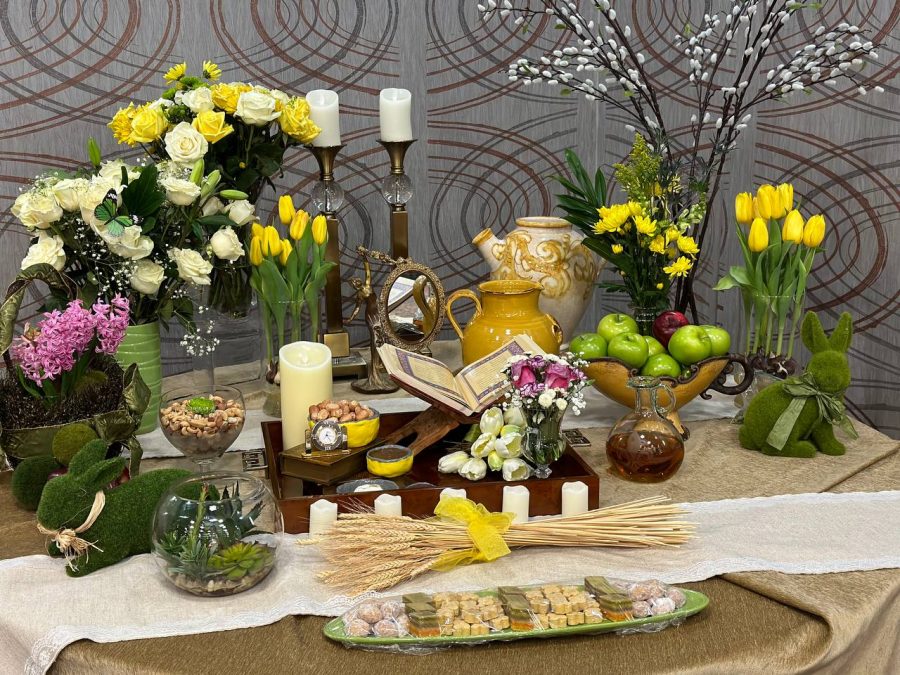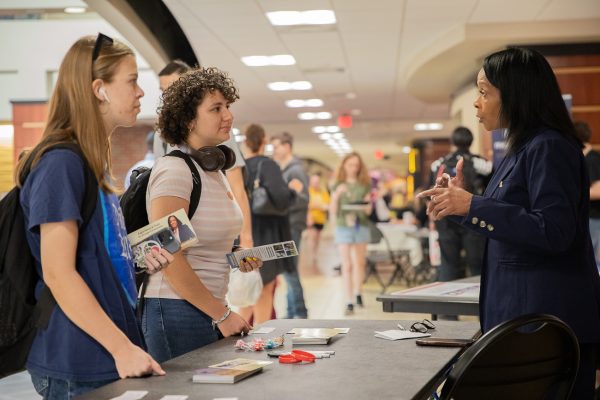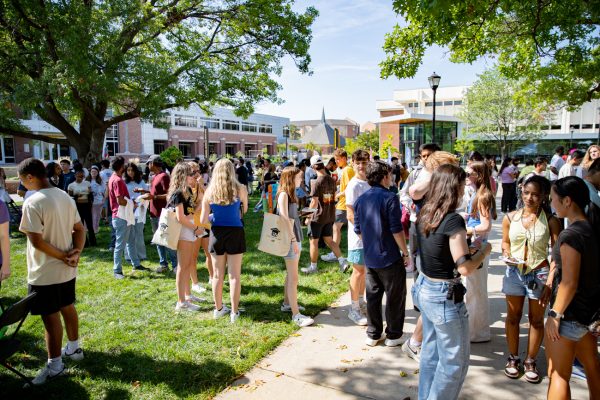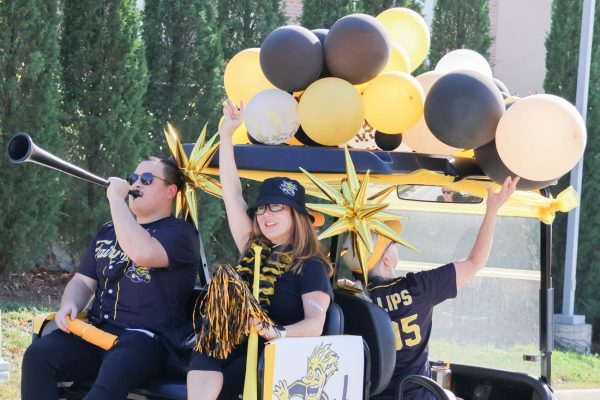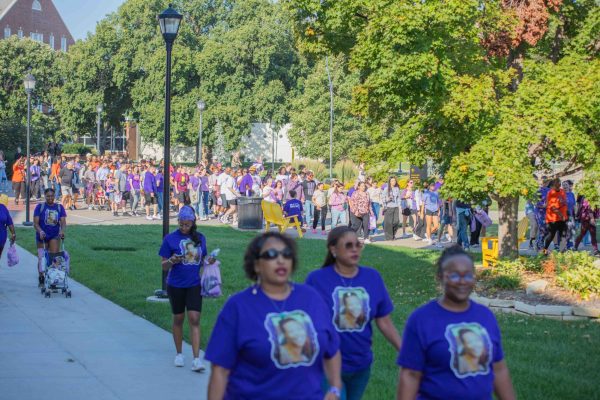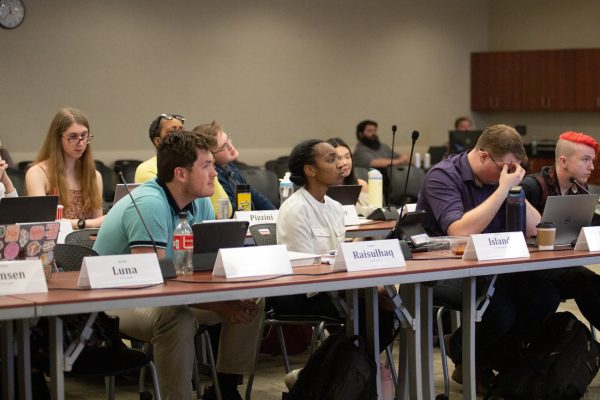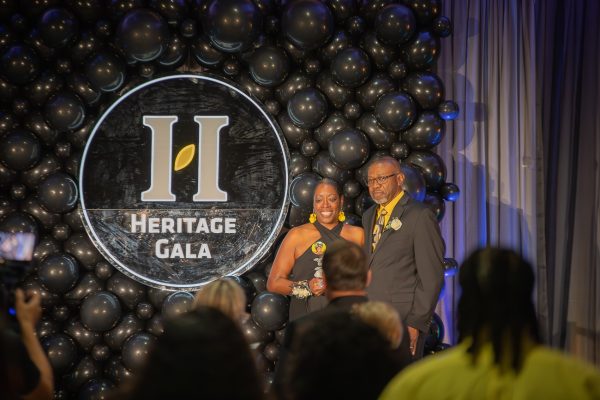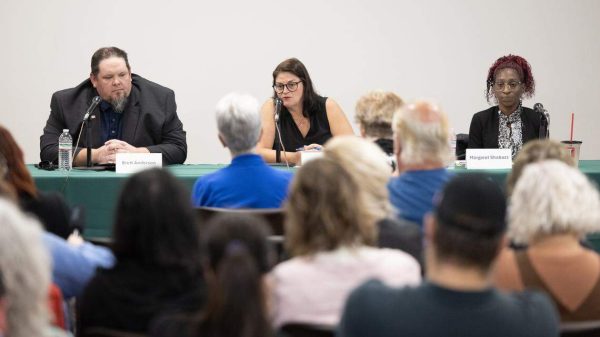Iranian Student Association celebrates Persian New Year
Although many finished celebrating the new year nearly four months ago, the Persian New Year is only on day four of its 13-day celebration.
The Persian New Year or Nowruz has been celebrated for over 3,000 years by Iranians — formerly Persia — and surrounding countries.
“All of these countries were part of the Persian Empire,” Sina Aghaie, faculty advisor for the Iran Student Association, said. “Over time, they got independent, but still they have that culture.”
Nowruz coincides with the start of spring, and anywhere that people celebrate it, it begins at the same moment, despite different time zones. In Wichita, it started on March 21.
After being unable to celebrate Nowruz for two years due to the covid-19 pandemic, the Iranian Student Association (IRANSA) began its celebrations of the holiday on March 15 with Chaharshanbe Suri — an ancient Persian fire festival.
This festival is celebrated on the eve of the last Wednesday of the year. At the festival, people jump over a fire to cleanse themselves of any negativity.
“We tell about our memories or things that happened through the year for us,” Mohsen Jafari, IRANSA president and Ph.D. student, said. “So you can release from whatever tension or stresses that you have and … dancing is part of the event and jumping through the fire.”
The association then celebrated the first day of the new year together. Together, they set up a Haft-seen table with seven items, representing different aspects of life and nature. The table items consist of sprouted wheat/lentils, sweet pudding, dried oleaster fruit, garlic, apple, sumac and vinegar — all items start with the letter “s” in Persian.
On the final day of Nowruz, people spend the day outside, playing games with family and friends. This year, the nature day or Sizdah Be-dar falls on April 2 in Wichita.
“We hang out there; We have some food, snacks, and it’s so fun,” Jafari said. “We usually play volleyball, and we have cultural support sports that we usually do.”
It is also traditional for people to buy new clothes, deep clean their homes and buy gifts for each other at the start of the new year.
Aghaie and Jafari said they want to spread awareness about the holiday and Iranian culture.
“Hopefully, we can get support from the university in order to celebrate this big event, not only for the Iranians but also for the entire Wichita community,” Aghaie said. “Then hopefully, we can celebrate it next year together.”
Celebrating Nowruz in Wichita helps foster comfort for Iranian students studying far from home.
“(My goal is to) help Iranian students because they are away from loved ones,” Aghaie said. “So if we can have these kinds of celebrations … with other Iranian company, they may feel more at home.”
Along with celebrating Iranian holidays, the organization also helps students adapt to living in Wichita.
“We usually help a student to live better and become more comfortable in Wichita,” Jafari said. “We usually pick up them at the airport. We find them apartments, houses. We find them roommates. We help them to shop for their groceries.”
Aghaie and Jafari said they hope to see more support from the university in the form of collaborative events and funding.
“The university can work to create a more inclusive and diverse campus environment,” Jafari said. “We can help foster and greater appreciation for different cultures including Persian culture.”
More information on the club can be found at wichita.edu. To learn more about Nowruz, visit nationalgeographic.com
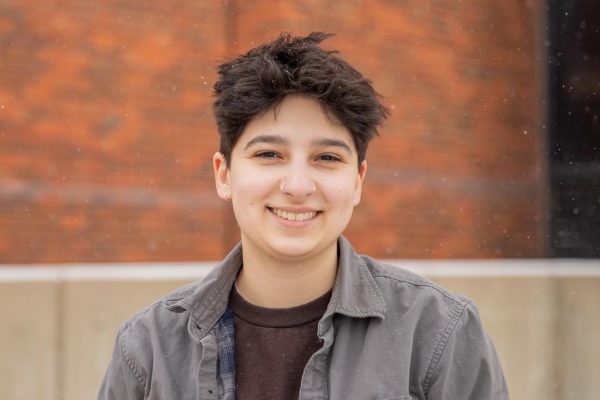
Mia Hennen is the managing editor for The Sunflower. Most recently, Hennen served as editor-in-chief for the 2023-2024 year. A senior English major, Hennen...



